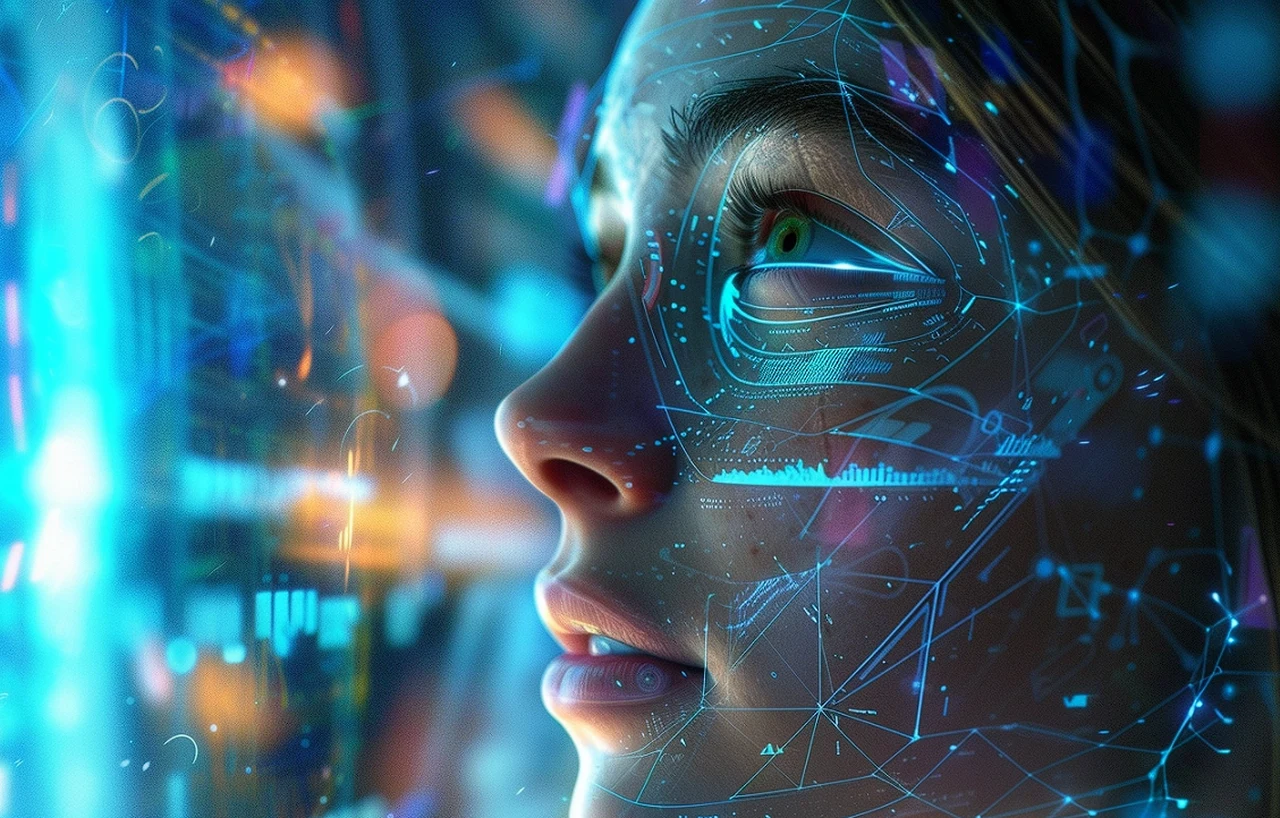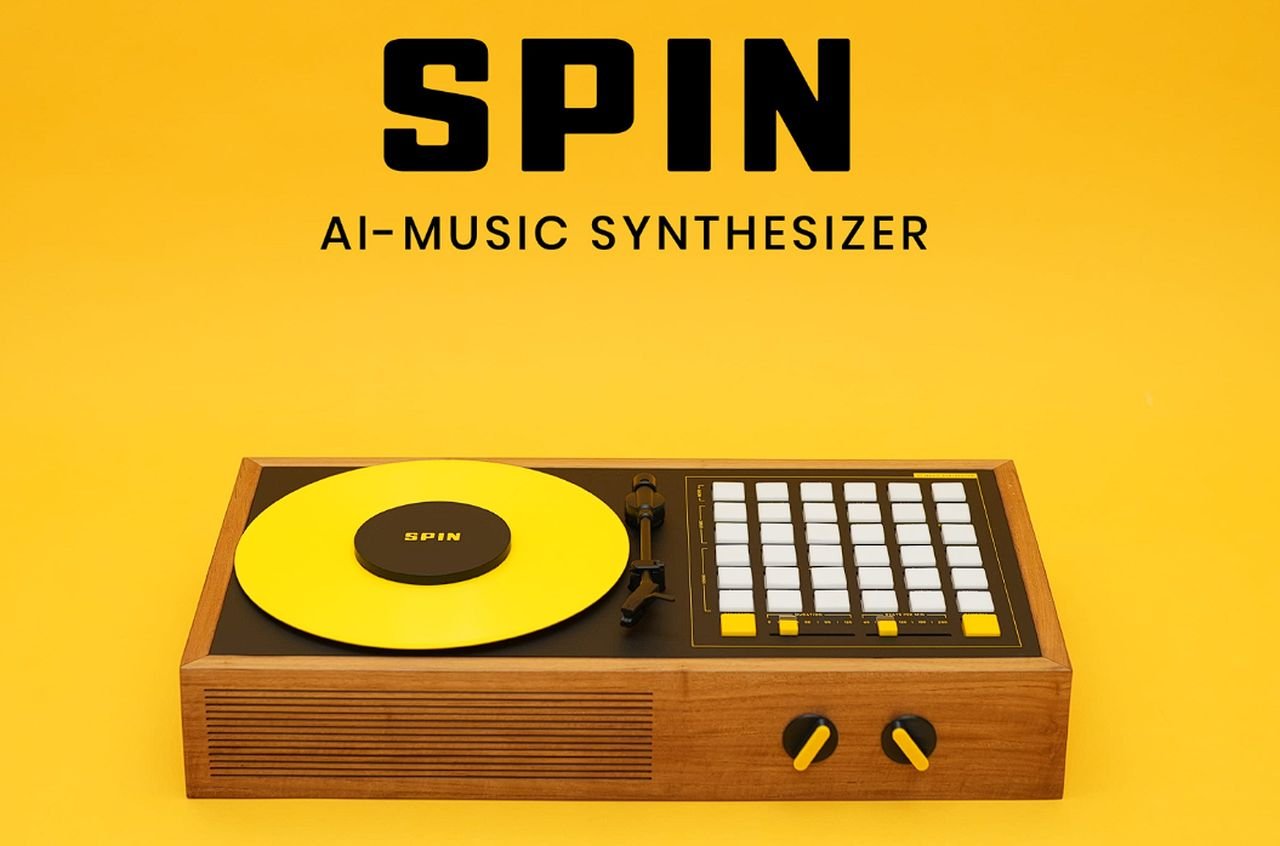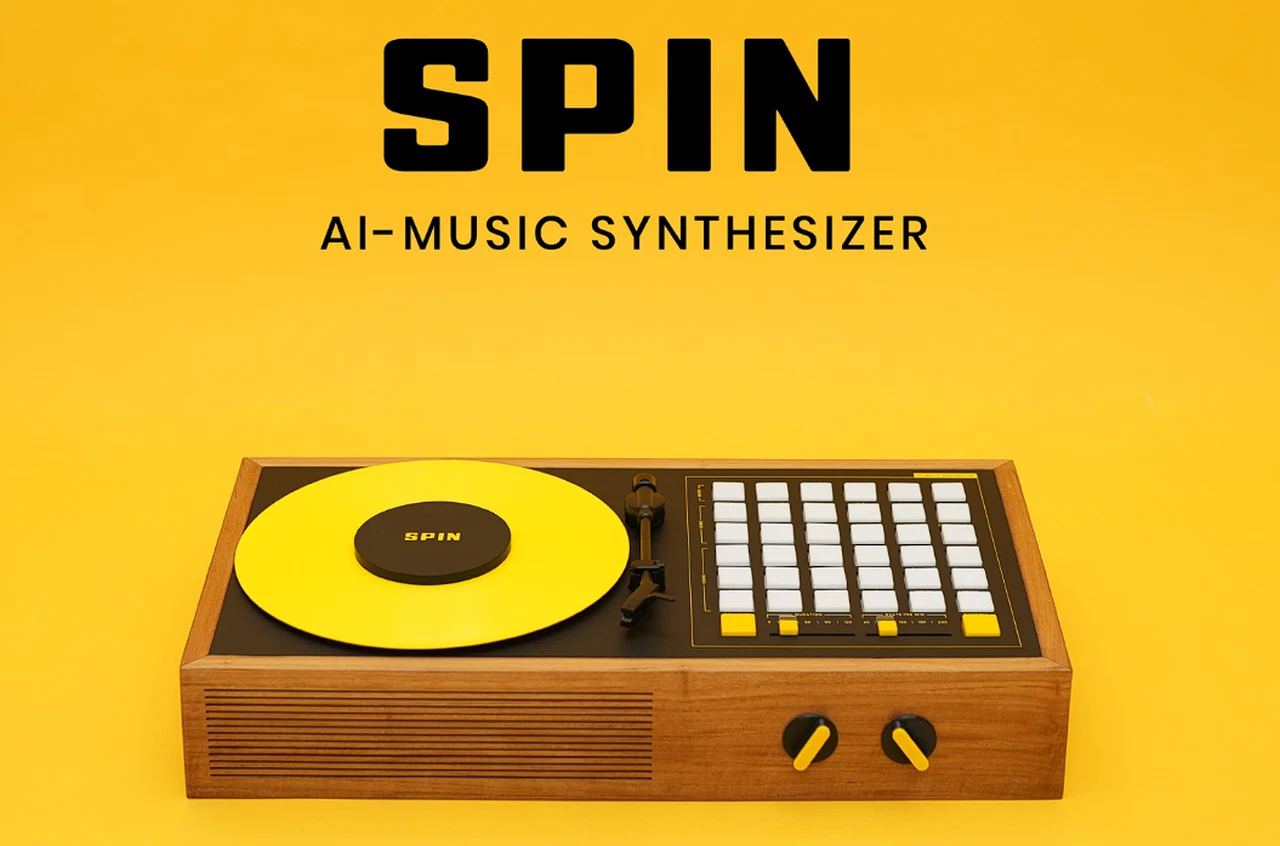[ad_1]

manzana Anunció varias características nuevas centradas en la accesibilidad de su sistema. iPhone y iPads el miércoles. La empresa introduce periódicamente nuevas funciones de accesibilidad para facilitar el uso de los dispositivos a las personas con discapacidades físicas. Este año, el gigante tecnológico presentará una nueva función de seguimiento ocular que permitirá a los usuarios controlar sus dispositivos con sólo movimientos oculares. Además, Music Haptics permitirá a los usuarios experimentar la música a través de vibraciones y Vocal Shortcuts les permitirá realizar tareas con sonidos personalizados.
Funciones anunciadas a través de A correo En la redacción de la empresa. “Cada año, abrimos nuevos caminos en lo que respecta a la accesibilidad”, dijo Sarah Herlinger, directora senior de Políticas e Iniciativas de Accesibilidad Global de Apple. “Estas nuevas características impactarán las vidas de una amplia gama de usuarios, proporcionando nuevas formas de comunicarse. , controlar sus dispositivos y navegar por el mundo.
En primer lugar, el seguimiento ocular ofrece a los usuarios una opción integrada para operar su iPhone y iPad Sólo con movimientos oculares. Energizado por inteligencia artificial (AI), esta función utiliza la cámara frontal que se puede calibrar con los ojos del usuario, y las funciones de aprendizaje automático (ML) en el dispositivo rastrean los ojos para permitir que las personas con discapacidades físicas naveguen fácilmente por el teléfono. La empresa dice que no puede acceder a los datos de los usuarios.
Music Haptics es otra característica nueva que proporciona una forma única para que los usuarios con pérdida auditiva experimenten la música. Esta función, que se encuentra en el iPhone, aprovecha Taptic Engine para activar clics, texturas y vibraciones para que coincidan con el sonido de la música. Apple dice que la función puede reproducir millones de canciones en el catálogo de Apple Music. También estará disponible como una interfaz de programación de aplicaciones (API) para que los desarrolladores la integren en sus aplicaciones de música.
A continuación, Vocal Shortcuts está diseñado para usuarios de iPhone y iPad para ayudar a las personas con discapacidades relacionadas con el habla. Permite a los usuarios establecer frases personalizadas que Siri pueda entender para activar atajos y completar tareas. Además, una nueva característica llamada Vehicle Motion Cues agrega puntos en movimiento a los bordes de la pantalla para reducir el conflicto sensorial entre lo que una persona ve y siente. Citando una investigación, Apple dijo que este conflicto es una de las principales causas del mareo por movimiento y que esta característica puede reducir estos síntomas.
Aparte de esto, CarPlay también incluye control de voz, reconocimiento de voz y filtros de color para ayudar a los usuarios con diversas discapacidades. La última línea de producción de Apple, Visión Pro También incluye una función de subtítulos en vivo en todo el sistema para personas con dificultades auditivas.
[ad_2]
Source Article Link



















